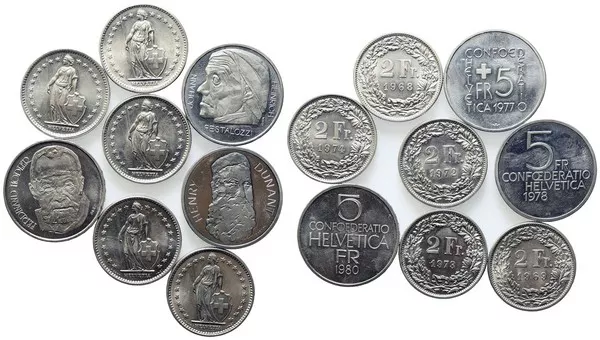The USD/CHF pair encounters fresh selling pressure during Thursday’s Asian session, slipping to around the 0.8825 level, down over 0.2% for the day. Despite this, significant downside appears limited due to a broadly supportive environment for the US Dollar (USD).
Factors Supporting USD Strength
Market Confidence in Expansionary US Policies:
Investors anticipate that US President-elect Donald Trump’s policies will stoke inflation, potentially constraining the Federal Reserve (Fed) from pursuing aggressive monetary easing.
Rising Treasury Yields:
Recent cautious remarks from Fed policymakers regarding further rate cuts have supported US Treasury bond yields, bolstering the USD Index (DXY), which remains near its yearly highs.
Safe-Haven Swiss Franc Faces Headwinds
The safe-haven Swiss Franc (CHF) has weakened as global equity markets remain buoyed by easing fears of nuclear conflict. Russian and US officials have tempered market concerns following Russian President Vladimir Putin’s nuclear policy announcement, further supporting risk-on sentiment.
Key Market Catalysts Ahead
Traders will closely monitor a series of US economic data and Federal Reserve commentary for direction:
- Weekly Initial Jobless Claims
- Philadelphia Fed Manufacturing Index
- Existing Home Sales
These reports, coupled with speeches from Federal Open Market Committee (FOMC) members, are expected to influence bond yields and the USD.
Technical Analysis: Path of Least Resistance Remains Upward
From a technical perspective, the USD/CHF pair maintains a cautiously bullish bias, supported by the broader USD strength and risk-on market sentiment.
Support Levels:
0.8800: A one-week low and psychological support.
0.8775: Further downside, if breached, could signal bearish momentum.
Resistance Levels:
0.8850: Immediate hurdle.
0.8900: Key psychological resistance, a breach of which may signal a bullish breakout.
The pair’s direction will hinge on US economic data and geopolitical developments, though the fundamental setup continues to favor USD strength in the near term.
Related Topics:

























